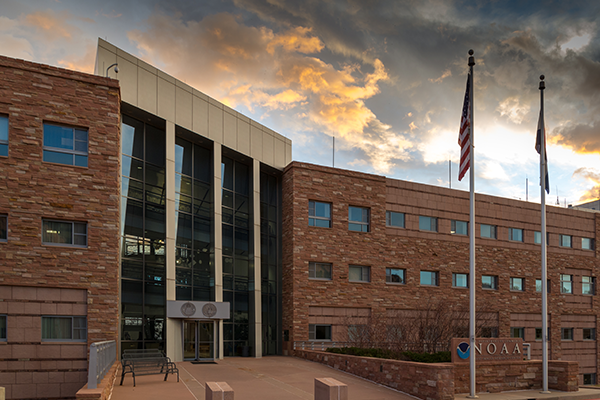
Results from HIWINGS
Byron Blomquist
PSL
Tuesday, Mar 07, 2017, 2:00 pm
DSRC Room 2A305
Abstract
The nature of physical processes driving air-sea transfer of climate-active gases has been a focus of observational studies and bulk model development at PSL. A 2013 field project in the Labrador Sea focused on the relationship between gas transfer and sea state under high wind speed conditions. The greatest resistance to mass transfer is in the liquid surface layer, and physical mechanisms may be roughly divided into interfacial and bubble-injection/breaking-wave processes. Transfer processes related to breaking waves are not well understood but highly significant to the exchange of sparingly soluble gases (such as CO2). Fluxes of two gases with quite different solubility, CO2 and dimethylsulfide (DMS), were used to assess transfer enhancement due to wave breaking. Characteristics of swell and wind-sea components of the wave spectra were obtained by in-situ measurements and hindcast modelling. A wind-wave Reynolds number, formulated to account for effects of wind stress and sea state, shows an improved correlation to gas transfer compared to wind speed alone. We will discuss the application of these results to the COAREG physical gas transfer model.
You must provide an accepted form of identification at the Visitor Center to obtain a vistor badge. Security personnel also inspect vehicles prior to entrance of the site. Please allow extra time for these procedures.
After receiving a badge, you must arrive at the DSRC Lobby at least 5 minutes before the seminar starts to meet your security escort. If you arrive after that time, you will not be allowed entry.
Foreign Nationals: Please email the seminar contact at least 48 hours prior to the seminar to provide additional information required for security purposes.
Seminar Contact: richard.lataitis@noaa.gov